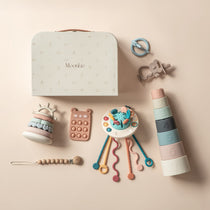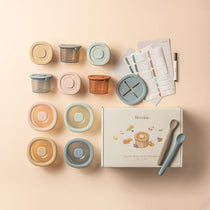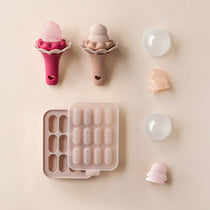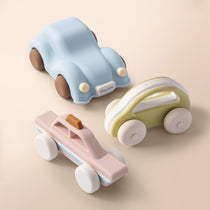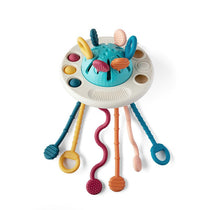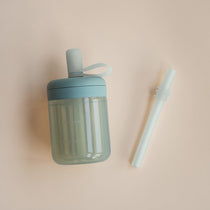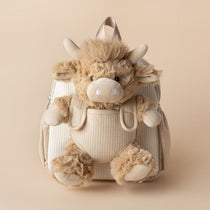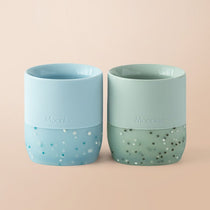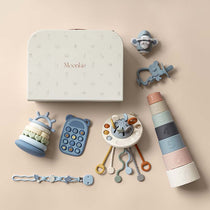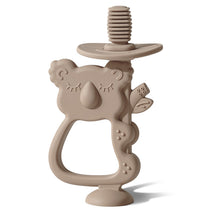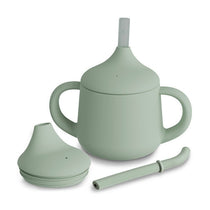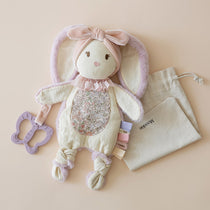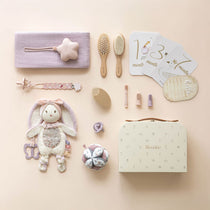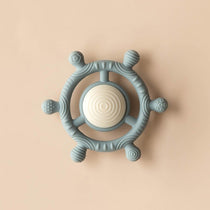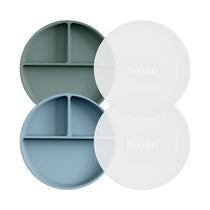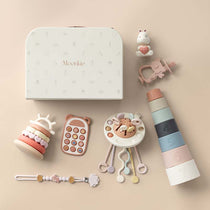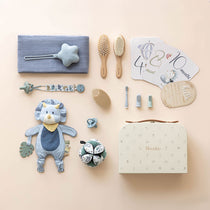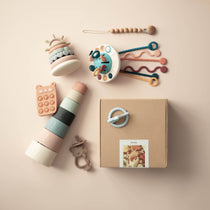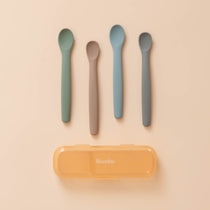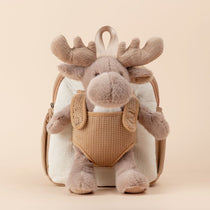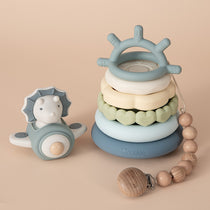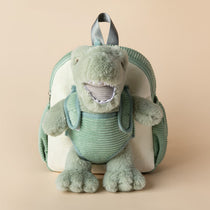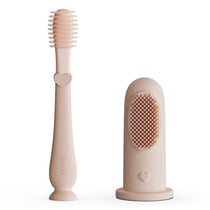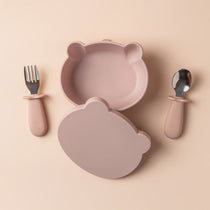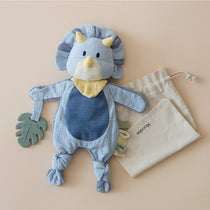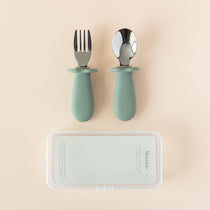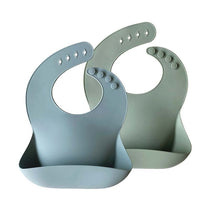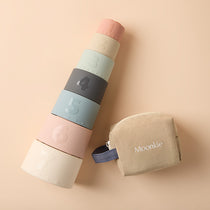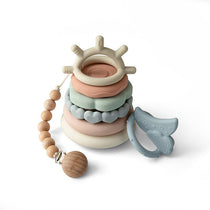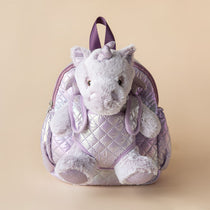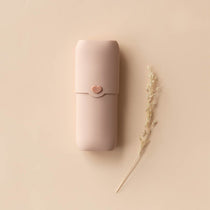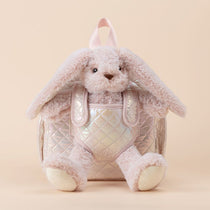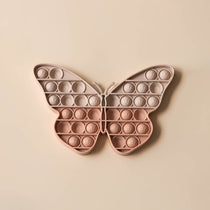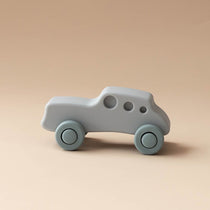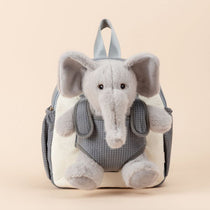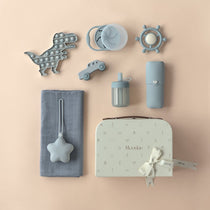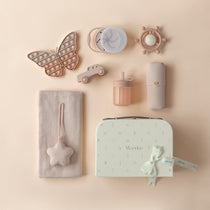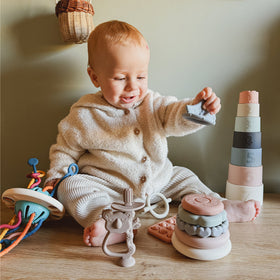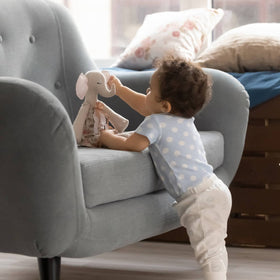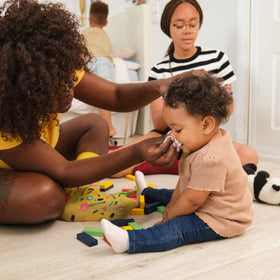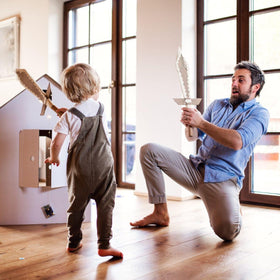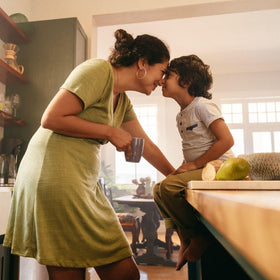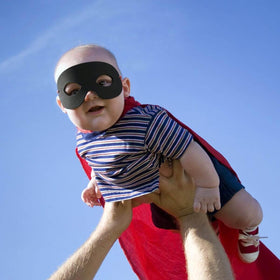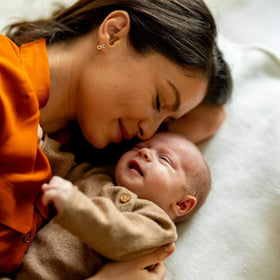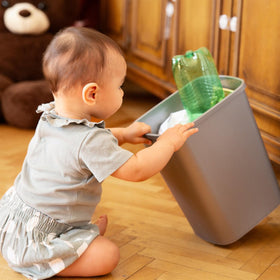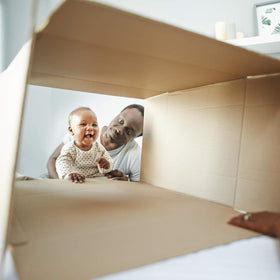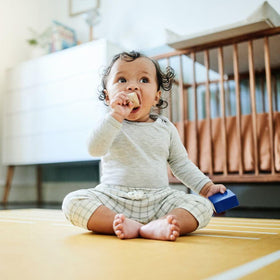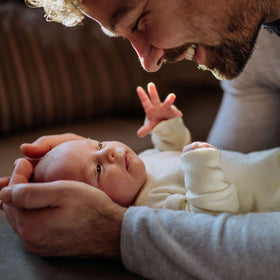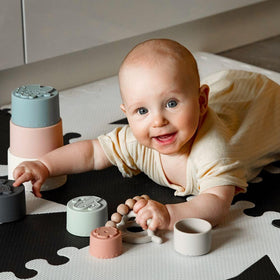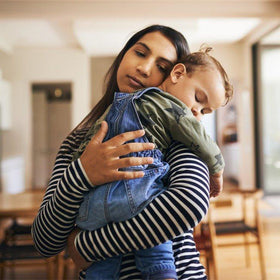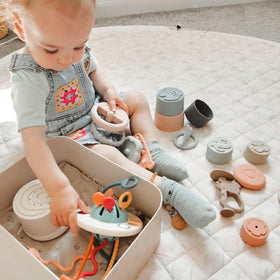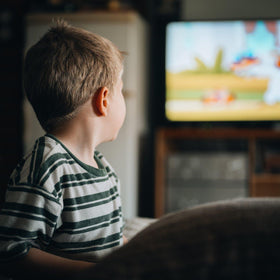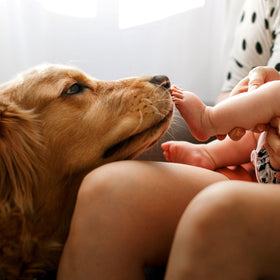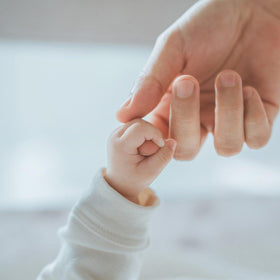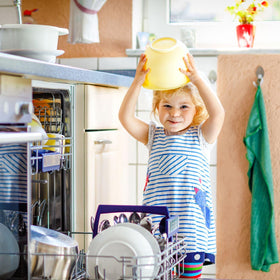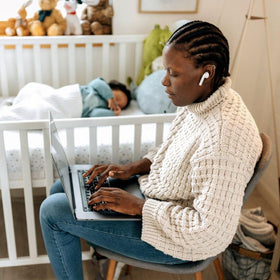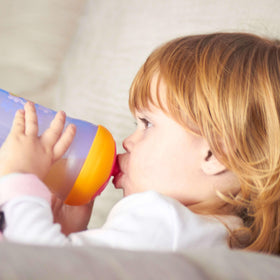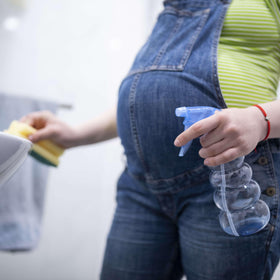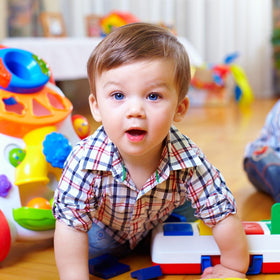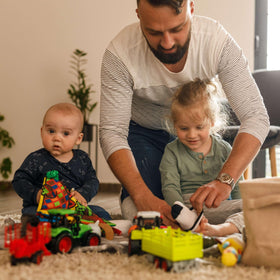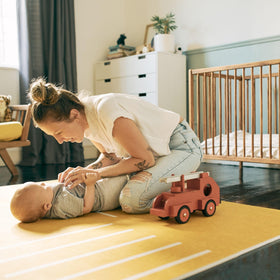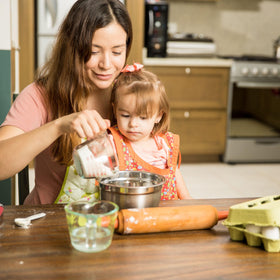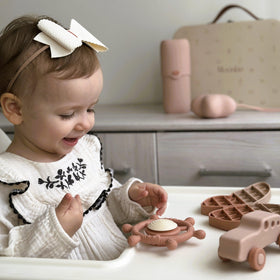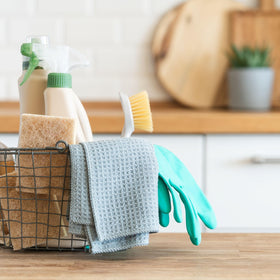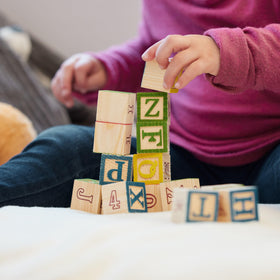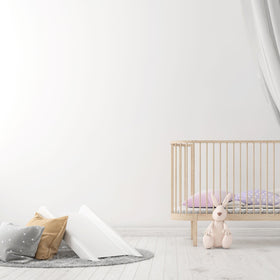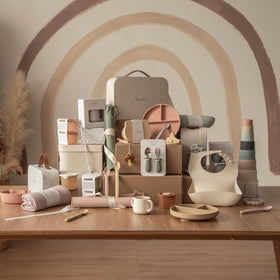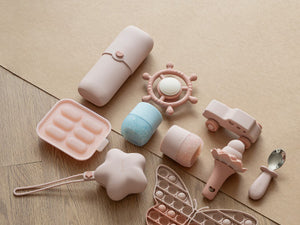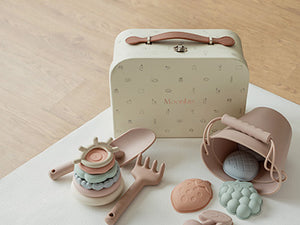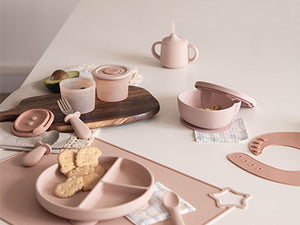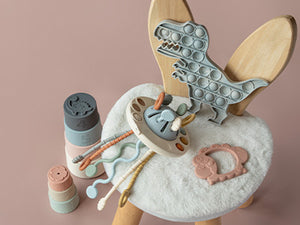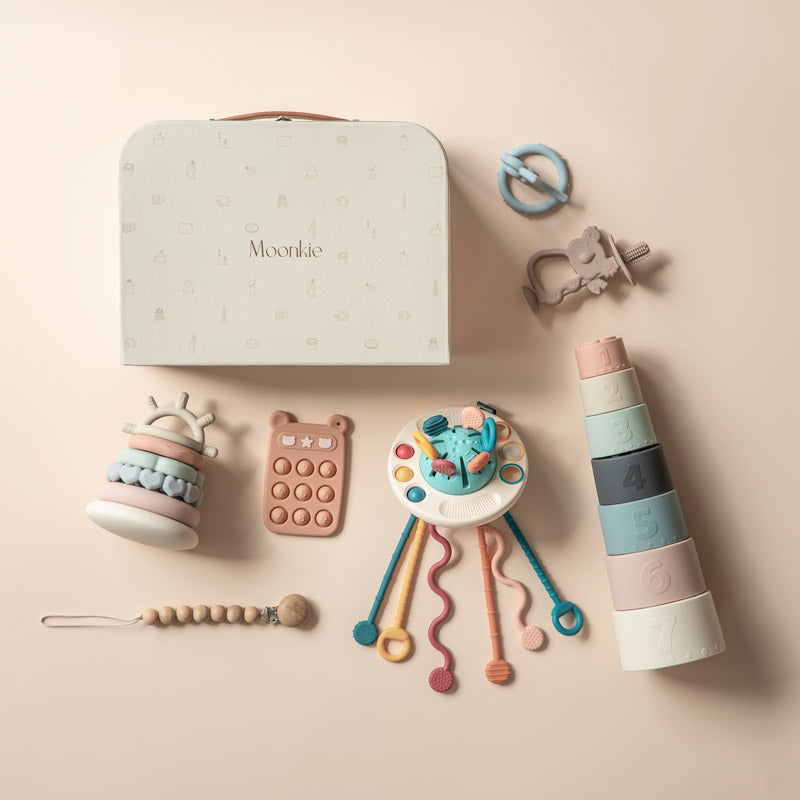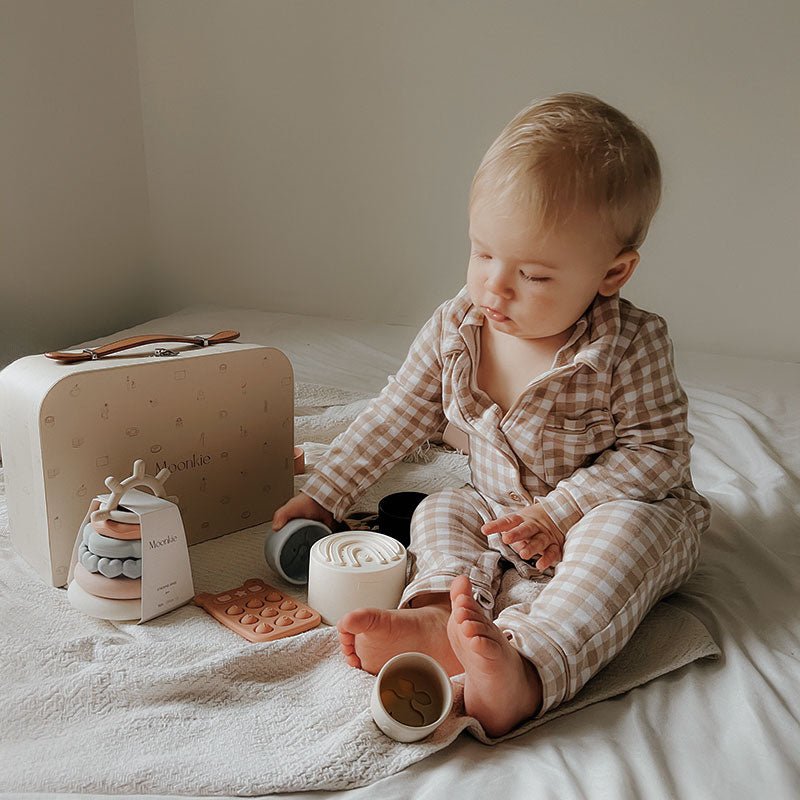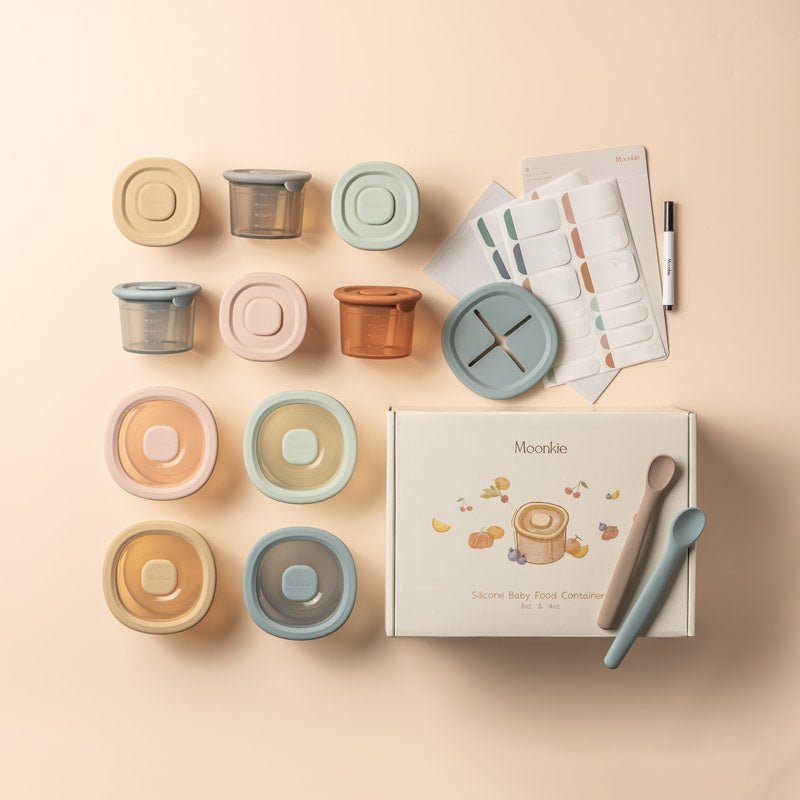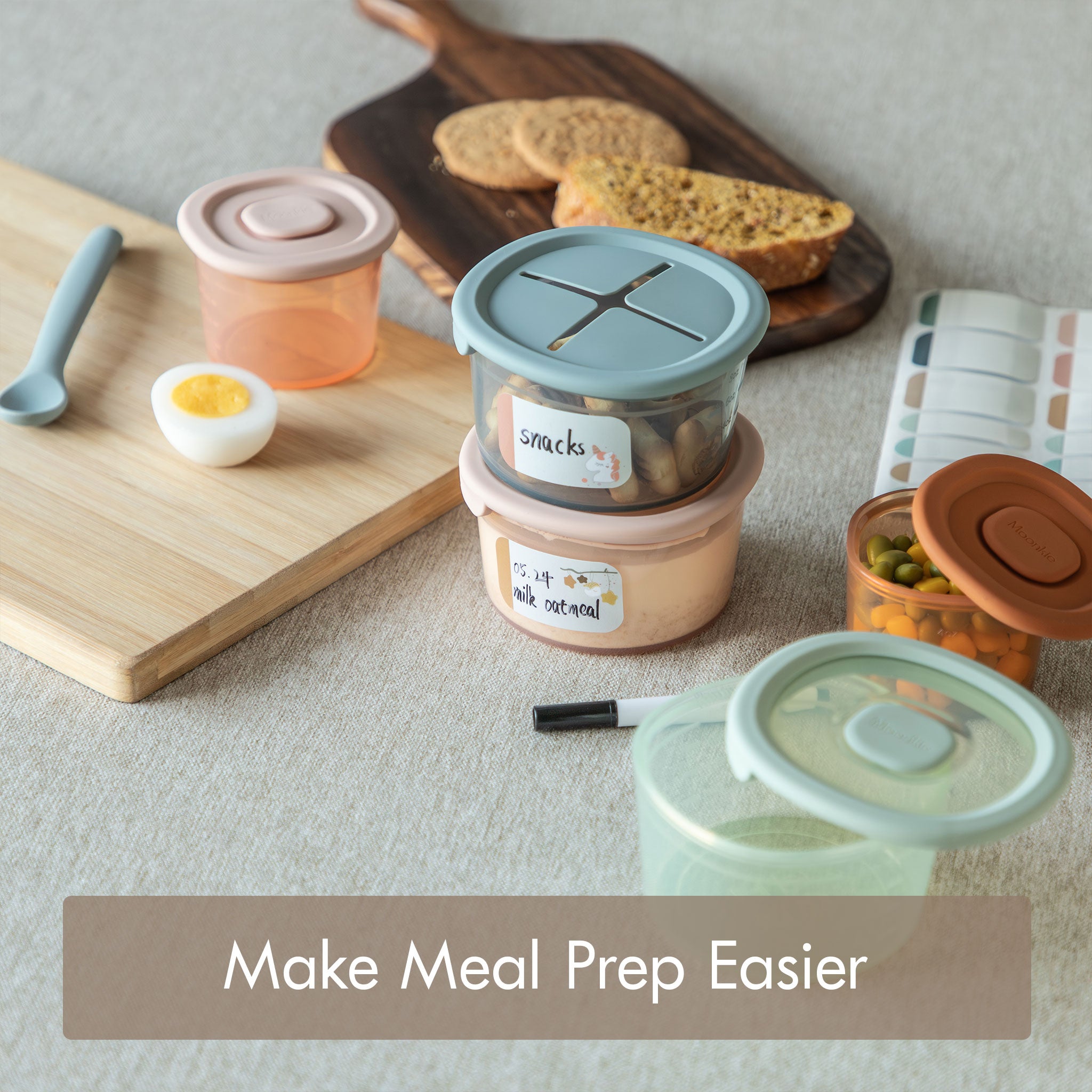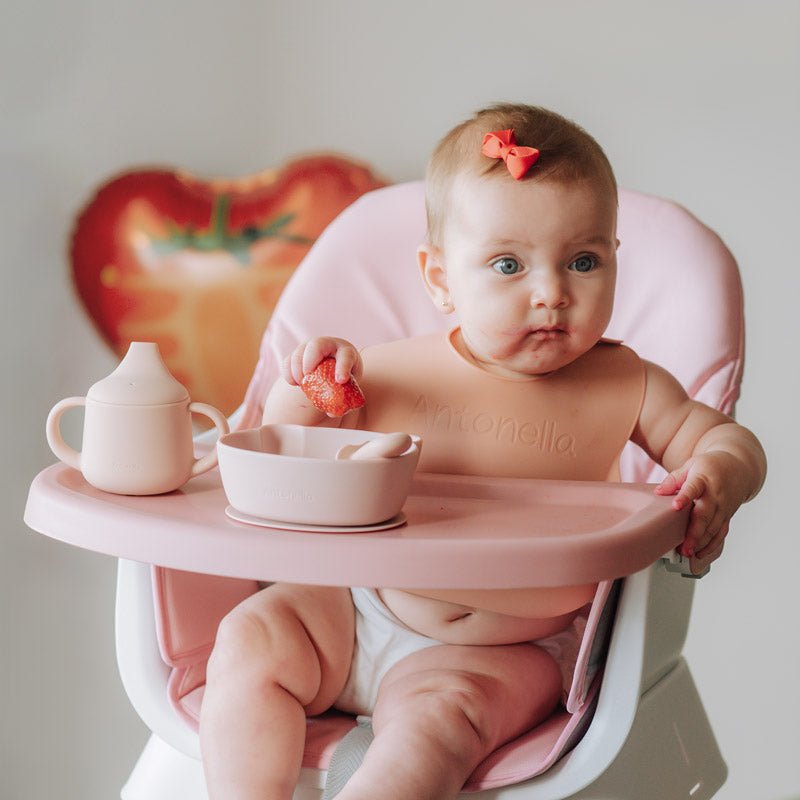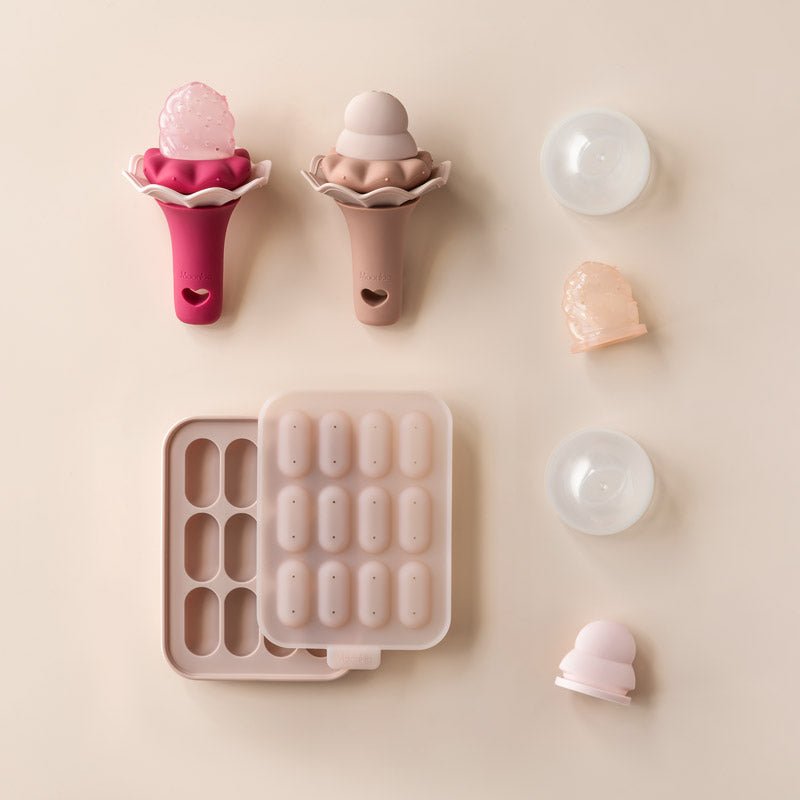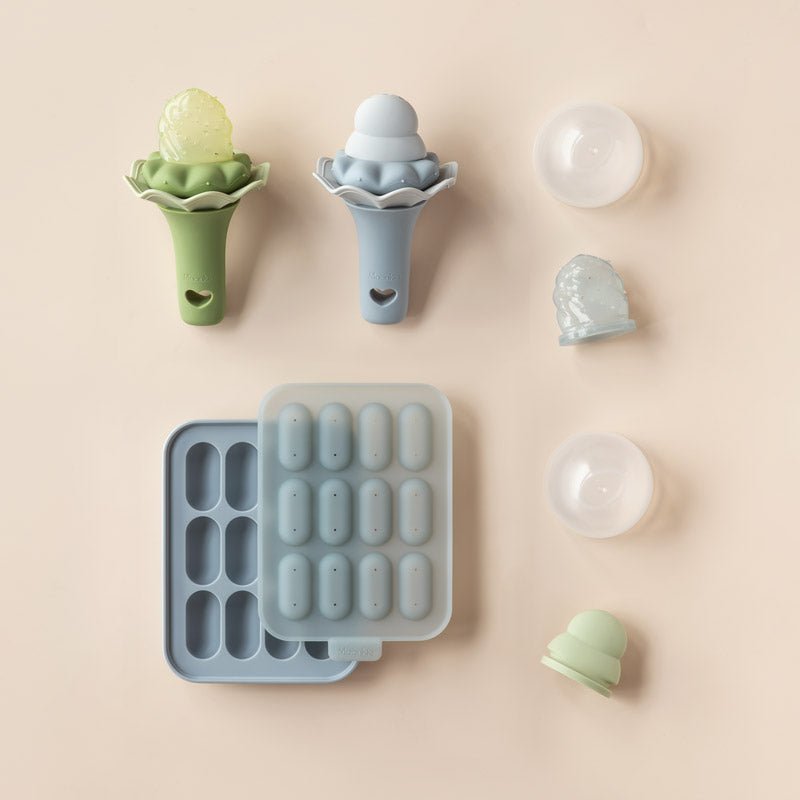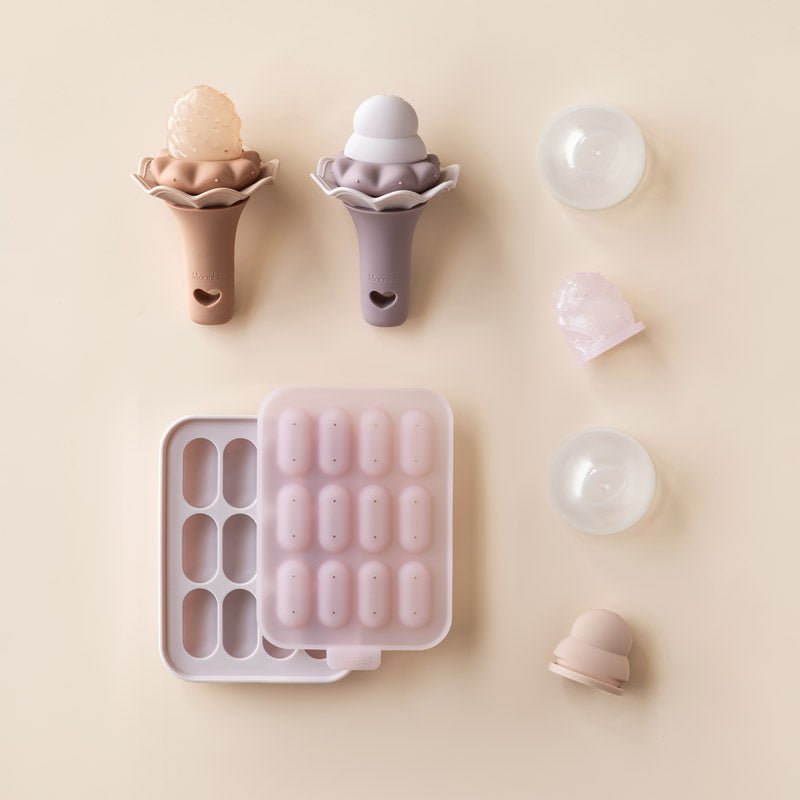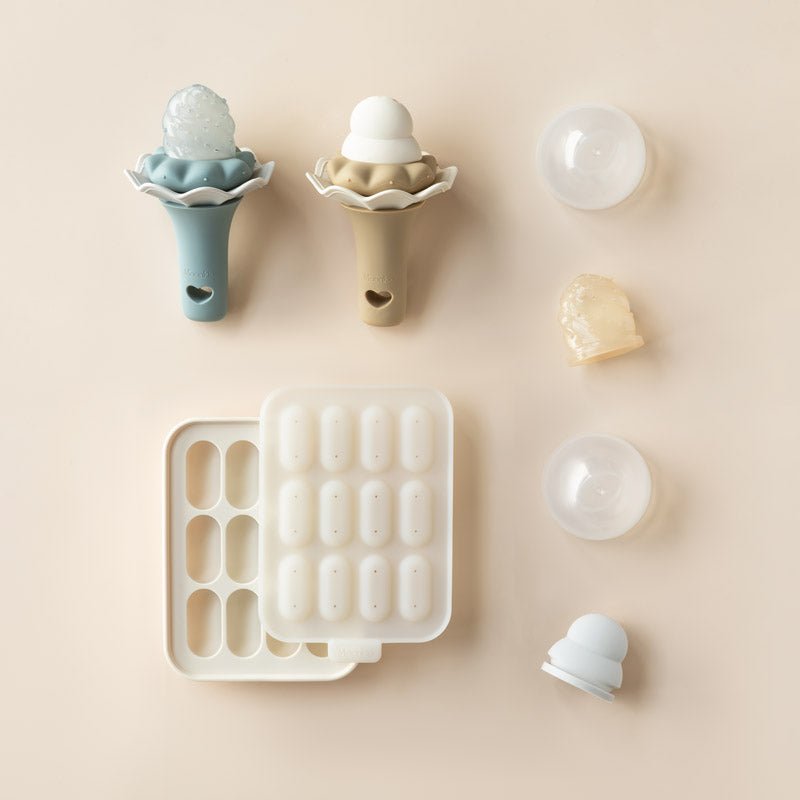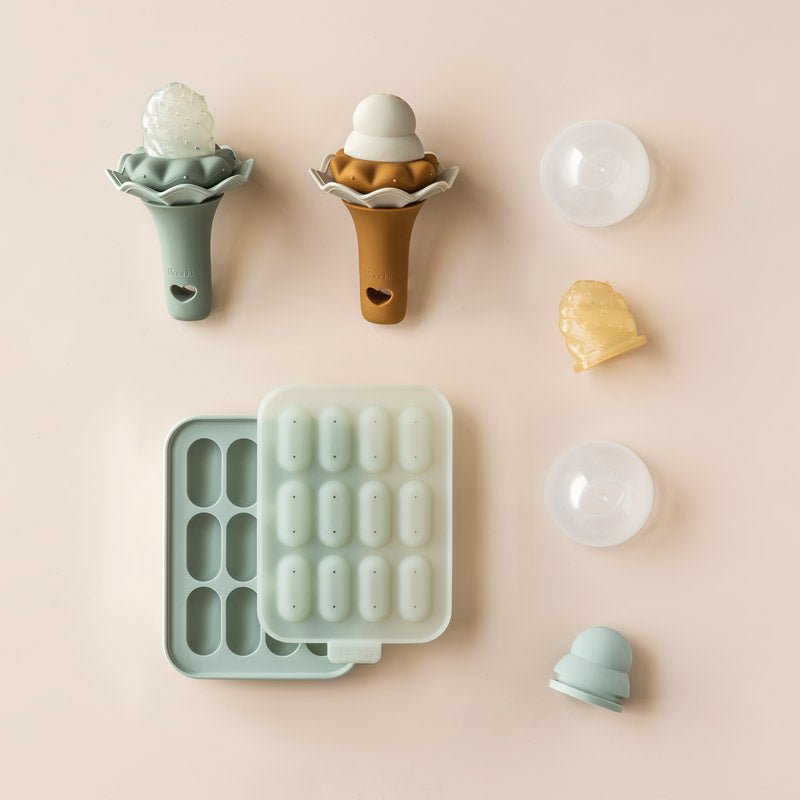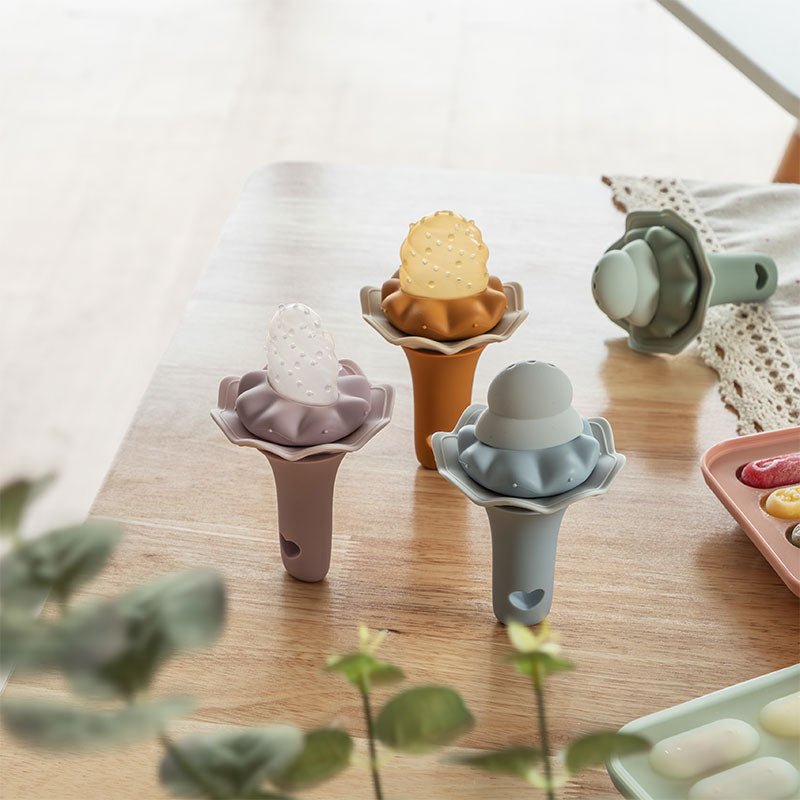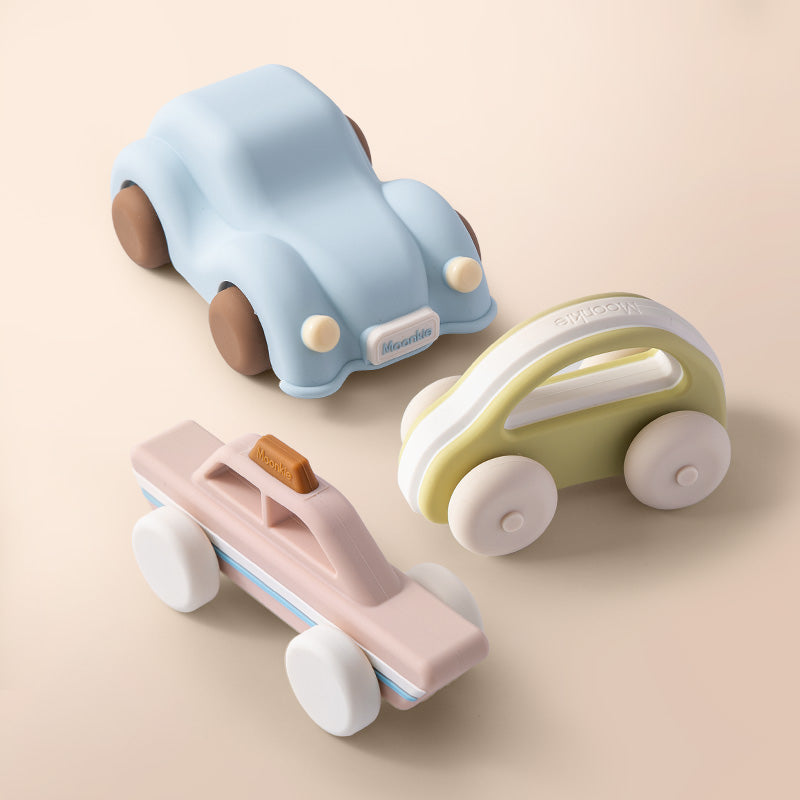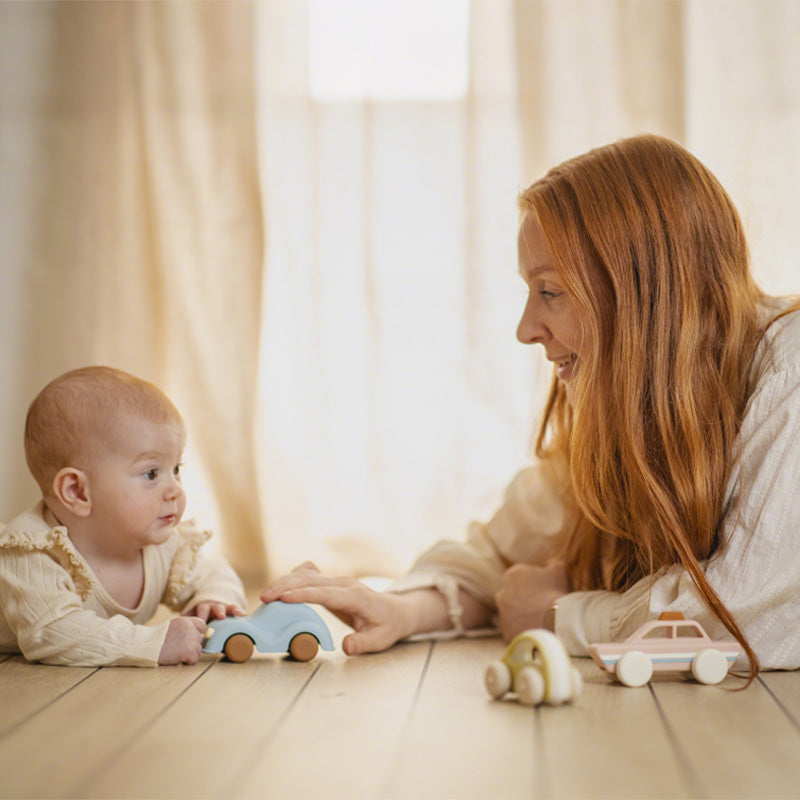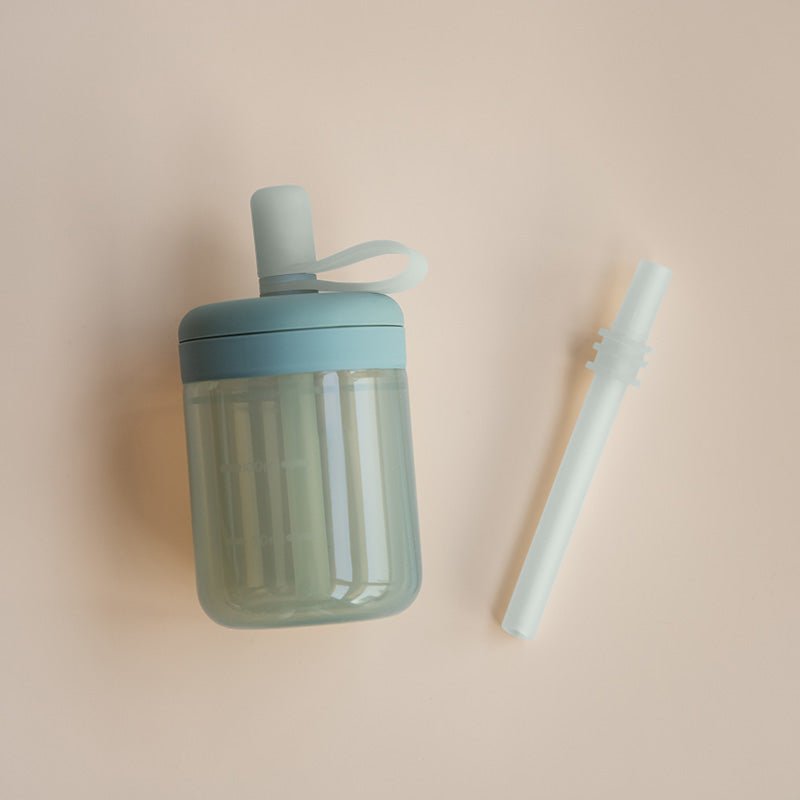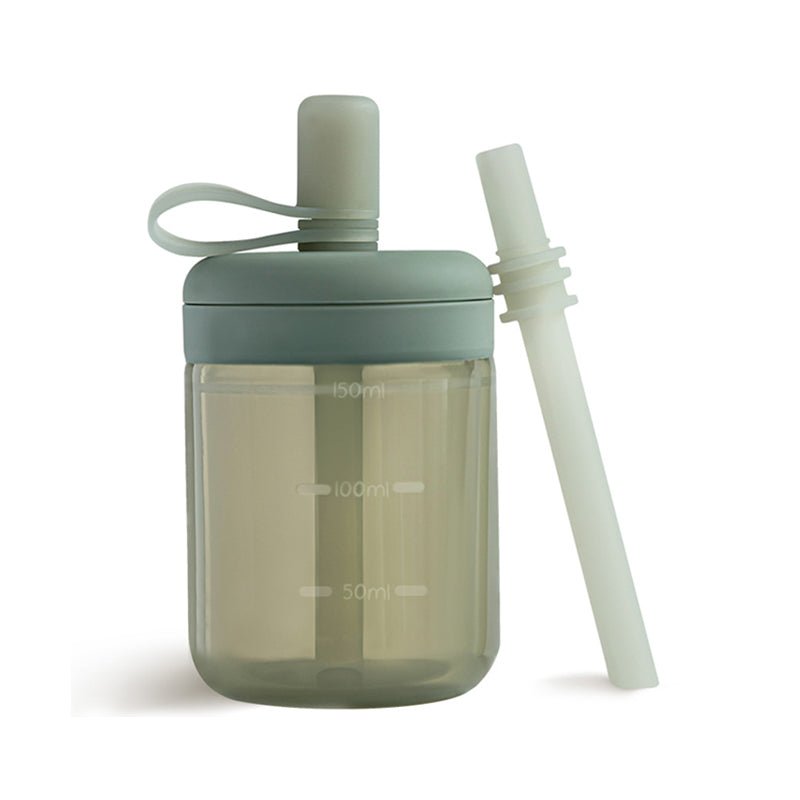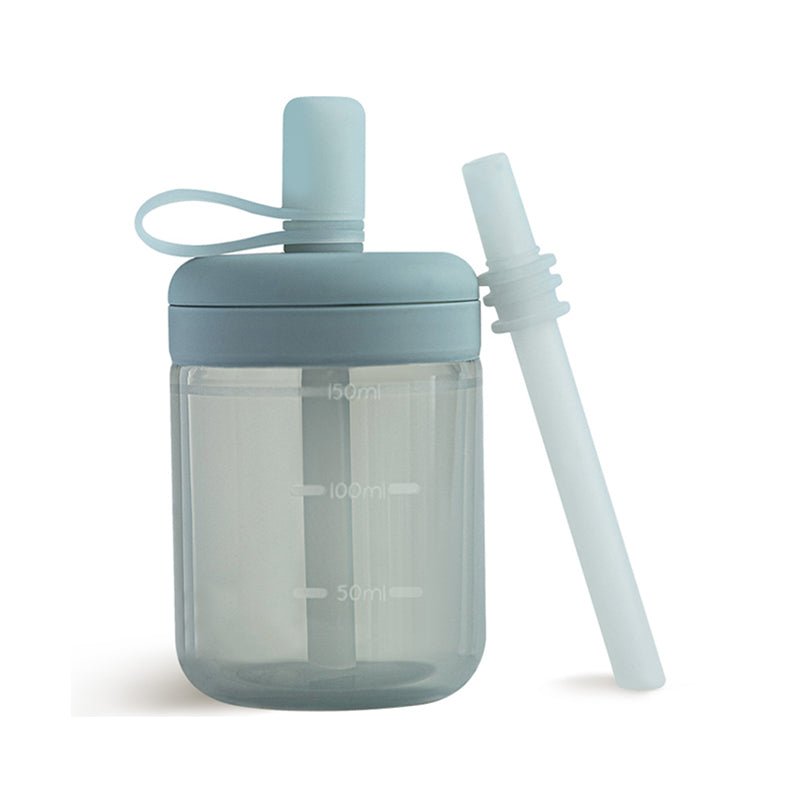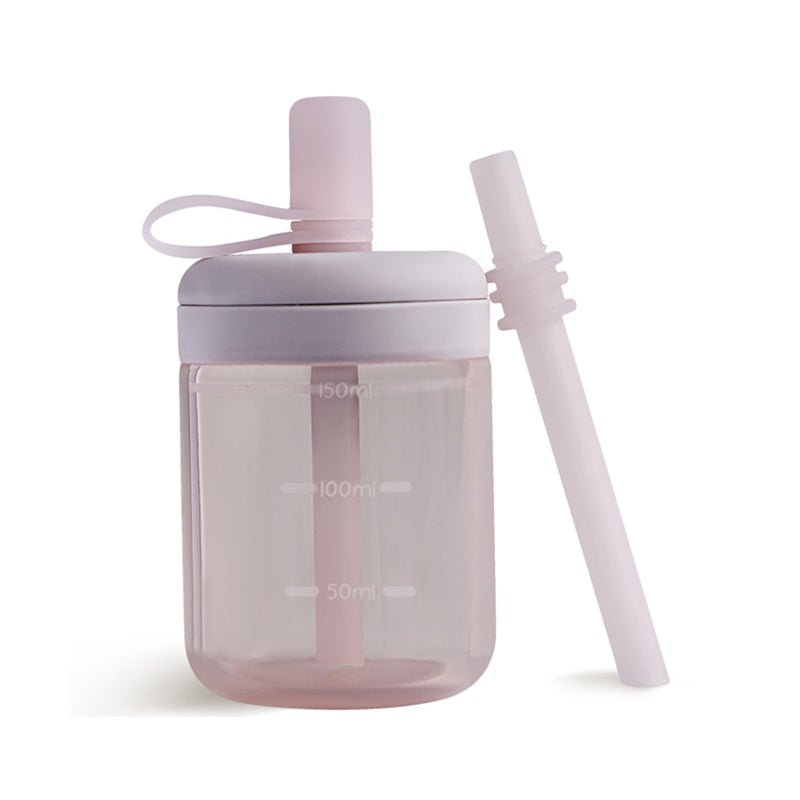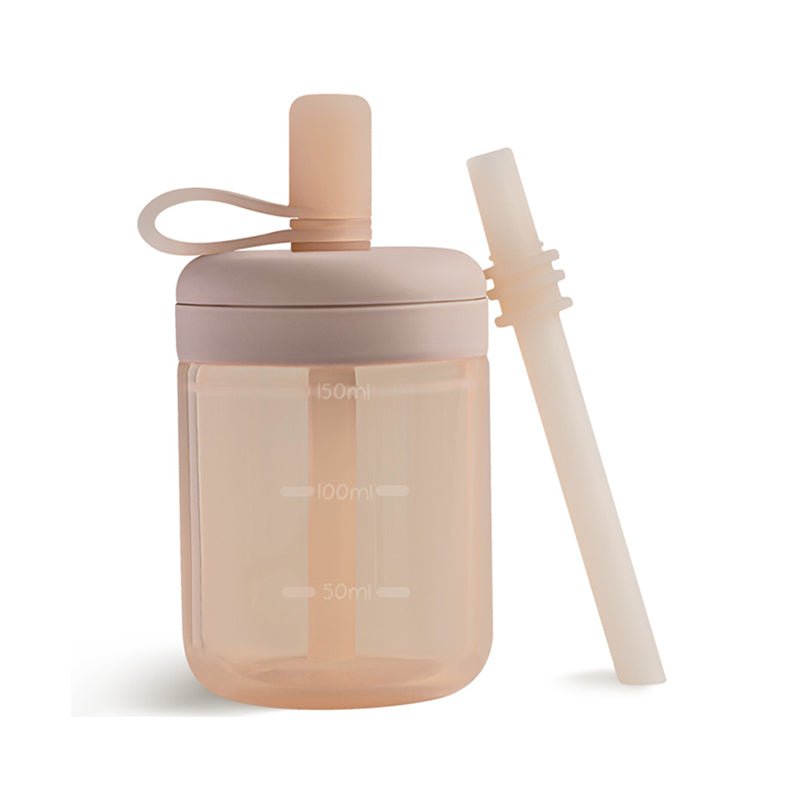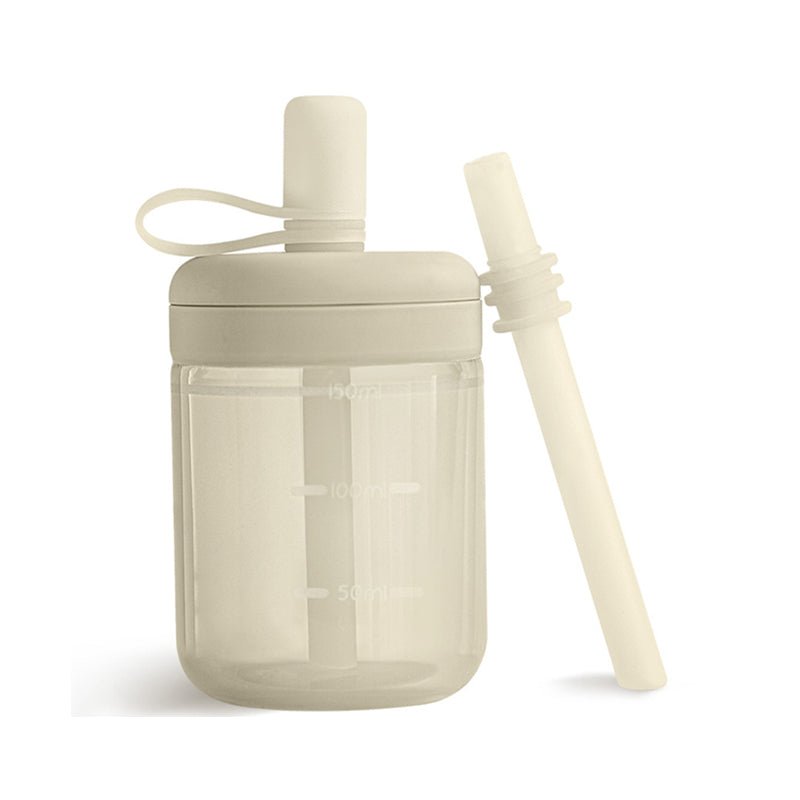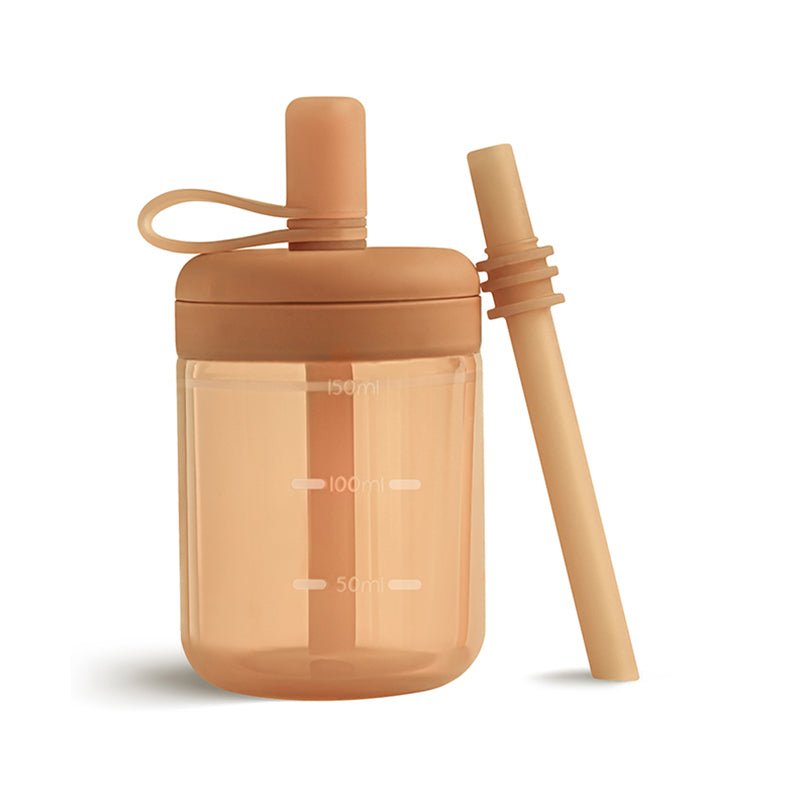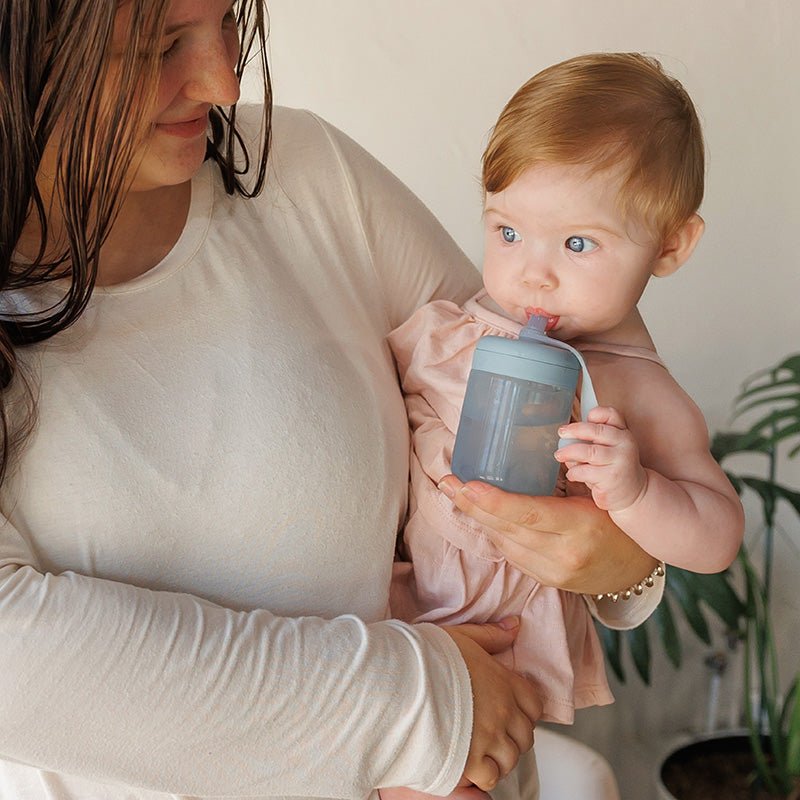You would think bonding with your baby is instinctual, but it can actually feel natural and overwhelming at the same time. How can you make the most of the time you have with your baby?
Bonding with your baby is crucial for creating a solid and loving bond that lasts a lifetime. It involves various activities that focus on being present and spending time together. For example, skin-to-skin touch, eye contact, and talking with your baby are all baby-bonding activities.
In this comprehensive guide, we'll explore the science behind bonding with your baby and provide practical steps to help you strengthen that bond. From psychological research to bonding activities, we'll cover everything you need to know!
The Science of Bonding with Your Baby
Bonding with your baby is a biological process that happens through a series of interactions between you and your baby. These interactions release hormones like oxytocin, which researchers often refer to as the "love hormone" (source).
Oxytocin is the good stuff responsible for creating warm fuzzy feelings of attachment, which is why it's often associated with bonding. This happens in both mother-infant and father-infant relationships. Moreover, oxytocin is released in parents as they interact with their baby (source). Neat, huh?
How Many Interactions Are Needed for a Baby's Healthy Development?
Research has shown that the more interactions a parent has with their child, the stronger their bond becomes. This may sound like a "duh" statement, but proving this with research is significant!
One study found that mothers who interacted with their infants more frequently had a stronger bond with them compared to mothers who interacted less often, especially breastfeeding mothers (source).
But bonding isn't just about the quantity of interactions; it's also about the quality. Babies are highly attuned to their parent's emotions and can discern subtle cues, like facial expressions and tone of voice. Contrary to popular belief, babies are always "listening"!
Positive interactions, like smiling and gentle touch, can help create a strong bond, while negative interactions, like yelling and rough handling, can damage the bond.
A Parent's Behavior Toward Baby Effects Later Behavior
In fact, a study published in 2022 found that a child's later ability to control his emotions is associated with how well his parents controlled themselves in taking care of him as a baby. If the parents were inconsistent in self-control or rejected their baby's cues often, that behavior showed in the child later.
Likewise, parents who made positive parenting changes tended to have a child who showed less problematic behavior and early learning skills (source). More research is being done in this area to figure out how far this goes, but it is still helpful for worn-out baby parents to know that their effort is not in vain.
5 Practical Steps for Bonding with Your Baby
Despite being necessary for healthy development, bonding with your baby doesn't exactly "come to you" instinctively. Of course, you desire to take care of your little one, but caring for your baby doesn't usually cause a picture-perfect bonding moment you created from your innate godlike parenting skills.
As a new parent, I was shocked that the hospital let me walk away with my baby. There I was, carrying the most beautiful and weighty responsibility in the world, and I was to raise him without proper training. How could they possibly know I would nurture that precious baby well when I had little idea of where to start myself?
If you feel a bit overwhelmed as a newbie or a seasoned parent, these practical steps for bonding with your baby will help you put the science into action.
1. Skin-to-Skin Contact
Skin-to-skin contact is a surprisingly effective way to bond with your baby. It releases oxytocin and helps regulate your baby's body temperature and breathing, especially after birth and for the first few months. It's also a fantastic way to soothe a fussy baby and promote breastfeeding.
More tangibly, newborns who have skin-to-skin contact after birth (you can ask the hospital staff to place your baby on you immediately after birth) cry less, have better cardio-respiratory stability, more stable blood glucose levels, and greater body temperature regulation compared to newborns who don't get that contact right away (source).
You can incorporate skin-to-skin contact in many ways over the first few months: holding your diapered baby against your chest or belly, wearing clothing that allows easier skin-to-skin contact, or simply snuggling with your baby while they are in a diaper or onesie.
Breastfeeding is another excellent regular skin-to-skin contact practice. It promotes closeness, food, and regulation of hormones, temperature, and fussiness. If you are on the fence about whether to breastfeed your baby or not, know that it is one of the most beneficial activities for you and your baby!
2. Eye Contact
Intentionally looking into your baby's eyes is a simple yet effective way to bond. It helps your baby feel seen and understood and can even help their cognitive development (source). Essentially, making eye contact shows an interest in communication!
At first, a newborn spends a lot of time looking at your hairline or forehead. Perhaps this is due to seeing a contrast between the foreground and background or two different colors. However, you will soon find that a newborn will begin gazing into your eyes and experimenting with facial expressions, like eyebrow movements and smiles.
A fun way to engage your baby encouragingly is to make eye contact with her, say "Hi!" and start talking with her. You can even try mimicking her facial expressions to see if she will mimic yours. It's a fun game that helps strengthen your bond!
One more thing: be mindful of how much your baby sees you watching a screen. Phone absorption makes you less responsive to your little one. So, if he is trying to communicate with you while you watch your phone, continuing to watch your phone comes across as rejection--like your phone is more important than him (source).
3. Talk and Sing to Your Baby
Babies love the sound of their parents' voices, so talking and singing to your baby is a delightful way to bond. Your little sponge is soaking up everything you do, so singing and talking to your baby is beneficial for language development, too!
You don't need to be a superb singer or storyteller to engage your baby in this way. Simply narrating what you're doing throughout the day, commenting on what your baby is doing, or singing lullabies can all help create a strong bond.
4. Babywearing
Wearing your baby in a sturdy carrier or sling is a convenient way to bond while also being hands-free. It promotes skin-to-skin contact and makes your baby feel secure, snug, and close to you. Besides, it helps your baby sit up and see the world!

There are so many types of baby carriers and slings to choose from on the market, so it's a hassle to find one that works well for you and your baby. You can go to a baby consignment event, like Rhea Lana's, or a second-hand store to try out different carrier options.
It won't hurt to have two different types for changes in your baby's weight, preferred position, and height over the first year.
For example, I used a cloth wrap to carry my babies before they could hold themselves upright. Around five months old, I switched to a carrier with a seat to shift the weight off of my upper back. My kids loved being able to sit facing forward in that one, but the seatless carrier was better for when I needed to wear them on my back.
5. Play and Exploration
Playing with your baby is the best long-term way to bond with your baby. Investing time into showing your baby the world, playing, and goofing off will set playful habits that will grow and evolve along with your child. Moreover, playing is crucial for cognitive and motor skill development.
Newborns and infants start playing with tummy time, grasping toys, shaking rattles, tracking movement with their eyes, and mimicking your faces. You need to be there for a good portion of that playtime to bond with your little one.
As your baby grows older, you can bond by reading books, singing songs, playing with toys, exploring the outdoors, trying unfamiliar foods, and playing peek-a-boo. Participating in your little one's games and activities helps her feel seen, understood, and enjoyed, which strengthens the bond you share and builds skills.
Baby Sensory Activities
A powerful way to bond with your baby while working on your baby's development is spending some time every day in baby sensory activities. These help your baby explore the physical world around them and their abilities by engaging their senses (seeing, hearing, tasting, smelling, and touching).
Looking at the slew of skills a little one needs to master before toddlerhood can be bewildering. Thankfully, you are not responsible for making your baby develop these skills. Your task is to ensure your baby has time and a safe place set aside for exploration and practice.
Here are just a few of the skills most babies need to work on in their first twelve months (in no particular order):
tracking movement with eyes
opening hands at will
grasping objects
bringing objects to mouth
smiling
pointing to objects
holding head up and steady
sitting without support
looking for items that fall out of sight
following interesting sounds
rolling over in both directions
getting onto hands and knees
rocking and crawling
cruising and walking
experimenting with syllable sounds in babbling
passing objects from one hand to another
stacking objects
recognizing their name
following simple instructions
playing simple games like peekaboo
Not every baby will master or even begin working on every skill in this list before their first birthday, but the foundational wiggles, movements, and babbling your baby seeks to practice automatically should be encouraged (source).
Pediatricians actually look for cognitive, physical, and emotional milestones at every visit. We dive into what these milestones are in 7 Things Every Parent Should Know About the Early Stages of Child Development. Check out those nifty charts!
Baby Sensory Activity Examples
Baby sensory activities don't have to be complicated or planned out. That little mind is able to make almost anything a learning opportunity, so you simply need to provide something different to explore daily and participate in bonding.

For example, tummy time is a sensory activity that you can vary by placing your baby on different blankets or mats. After a few weeks, you can add a toy or two within reach for your baby to fixate on and try to grasp.
Once he is able to prop himself up on his elbows steadily, you can put interesting toys just out of reach to encourage wiggling, scooting, and rolling.
Walking outdoors is stimulating to your little one's senses as well, especially if you let him see and touch different textures (grass, tree bark, flowers). Yet another common baby sensory activity is bath time. Feeling the water's temperature, splashing, and watching toys float are all engaging to little minds.
Playing music, looking at baby books, and talking about what you're looking at around home are all sensory activities you can do with your wee one, too. Essentially, anything you can do together--however mundane to you--is a learning opportunity for your baby.
You are building your little one's reality, so involve him in what you are doing, talk out loud, and let him explore toys and household items. Baby sensory activities are a fantastic way to bond with and educate your baby!
If you would like a few more ideas, read Baby Sensory Activities: A Guide to Promote Healthy Development.
In a Nutshell
Bonding with your baby is a crucial part of her development and has long-lasting effects on her well-being. By understanding the science behind bonding and practicing these practical steps, you can strengthen your bond and create a lifelong connection with your baby.
Take the time to connect with your baby while you can; this precious time slips away so quickly. Today is always better than tomorrow. Playtime with your baby is so much more relevant than social media.
Besides, the time you spend together now is the foundation for the rest of your relationship, so building a strong one now will benefit you both later. What are some of your favorite ways to bond with your baby?

